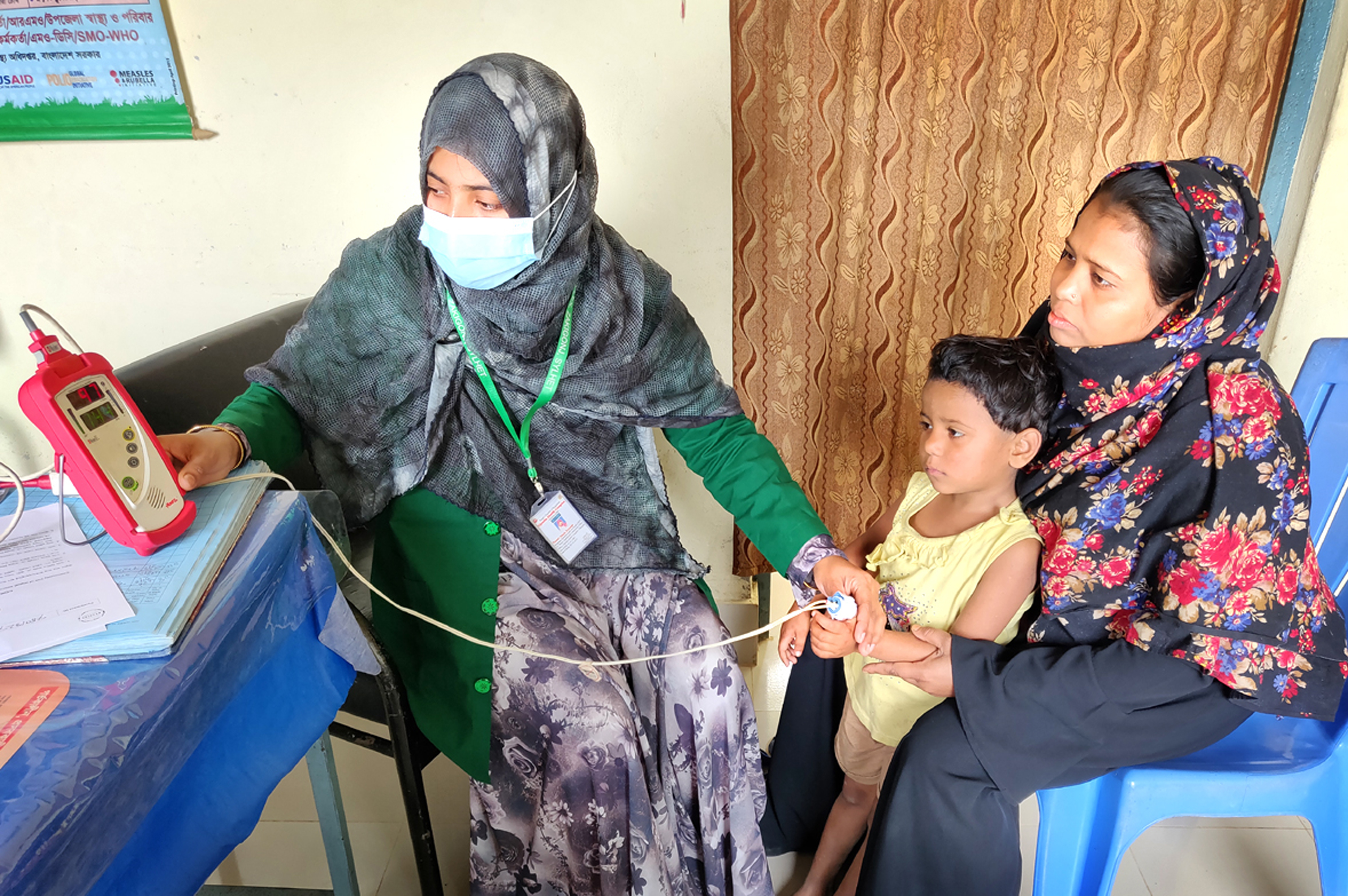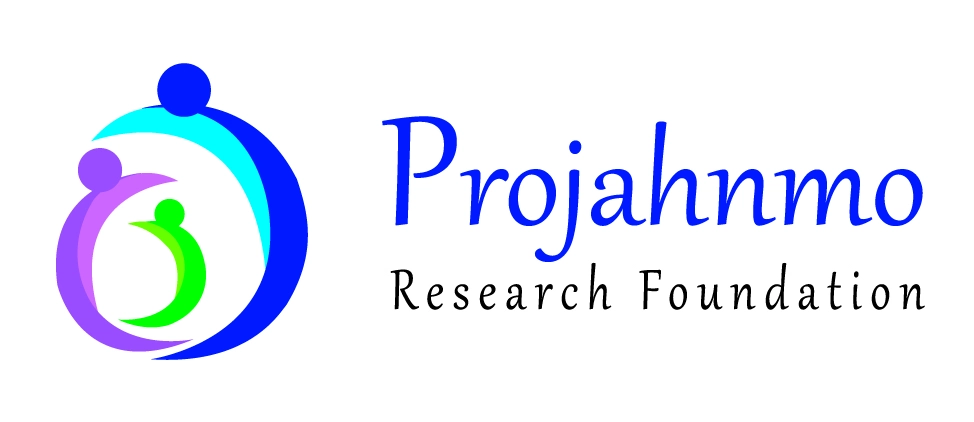
Digital Auscultation and Pulmonary Function Testing Among Rural Bangladeshi Infants.
Study Period: September 2019- January 2023
Sample Size: 850Doner Name:National Institutes of Health, USA and Sonavi Laboratories, USA.
Project Description:
Background: Household air pollution (HAP) is the number one environmental cause of death worldwide and disproportionally affects the health of rural women and children in LMICs like Bangladesh. Particulate matter with an aerodynamic diameter <2.5 m (PM2.5) is an important indoor pollutant that is primarily generated by biomass fuel use during cooking, heating, and lighting. Elevated PM2.5 exposure has been associated with a substantially increased risk of child pneumonia mortality, the leading cause of infectious death in children globally, and childhood asthma incidence, the number one chronic lung disease among children worldwide. To date LMIC HAP research aiming to evaluate respiratory outcomes in children associated with PM2.5 exposure has focused on the acute endpoint of World Health Organization-defined pneumonia, a diagnosis known as poorly accurate and highly non-specific for studying pediatric respiratory health effects attributable to HAP.
Objective: The aim of this research is to comprehensively evaluate digital auscultation and pulmonary function testing among Bangladeshi infants as innovative respiratory outcomes for future air pollution research in low-and-middle income countries (LMICs).
• Our primary aim is to generate evidence supporting digital auscultation and pulmonary function testing as feasible, innovative, and diagnostically accurate pediatric respiratory health outcomes for inclusion in future LMIC HAP research within the rural communities most affected by HAP
• Secondary aim of this research is also to conduct a nested case control sub study to evaluate the relationship between the gut and airway microbiome with the risk of abnormal lung function and risk of incident lower respiratory infection.
Method: To accomplish this overall goal, we will conduct a longitudinal birth cohort study among 550 rural Bangladeshi pregnant women and 250 children (100 two-month-olds, 100 six-month-olds, 20 one-year-olds, and 30 three-year-olds). In order to achieve Aim 1, we will systematically assess the quality of the lung sounds that community health workers record while caring for infants in rural Bangladesh using a revolutionary digital stethoscope. We hypothesize that >90% of sounds will meet quality criteria, high interpretation agreement will be achieved between human listeners and also between automated computer analysis and humans, and that elevated prenatal PM2.5 concentrations will be associated with a higher incidence of abnormal digitally recorded lung sounds among infants. In order to achieve Aim 2, we will develop population reference values and assess the viability and reliability of non-invasive, unsedated lung function testing in rural Bangladeshi infants between the ages of two and six months. We hypothesize that >90% of measurements will meet international validation criteria, infant lung function testing will be feasible, and that prenatal exposure to elevated PM2.5 concentrations will be associated with lower infant lung function.
Successful completion of the research described in this application will dramatically advance the methodology for accurate assessment of acute and chronic child respiratory outcomes for future LMIC HAP research, and can also serve as cross-cutting methods suitable for resource-rich settings and non-HAP research in LMICs. In addition, this research aims to serve as a foundation for additional analyses on the relationship between the gut and airway microbiome and the nutritional composition of breast milk with infant lung function and the incidence of early life respiratory illnesses.
